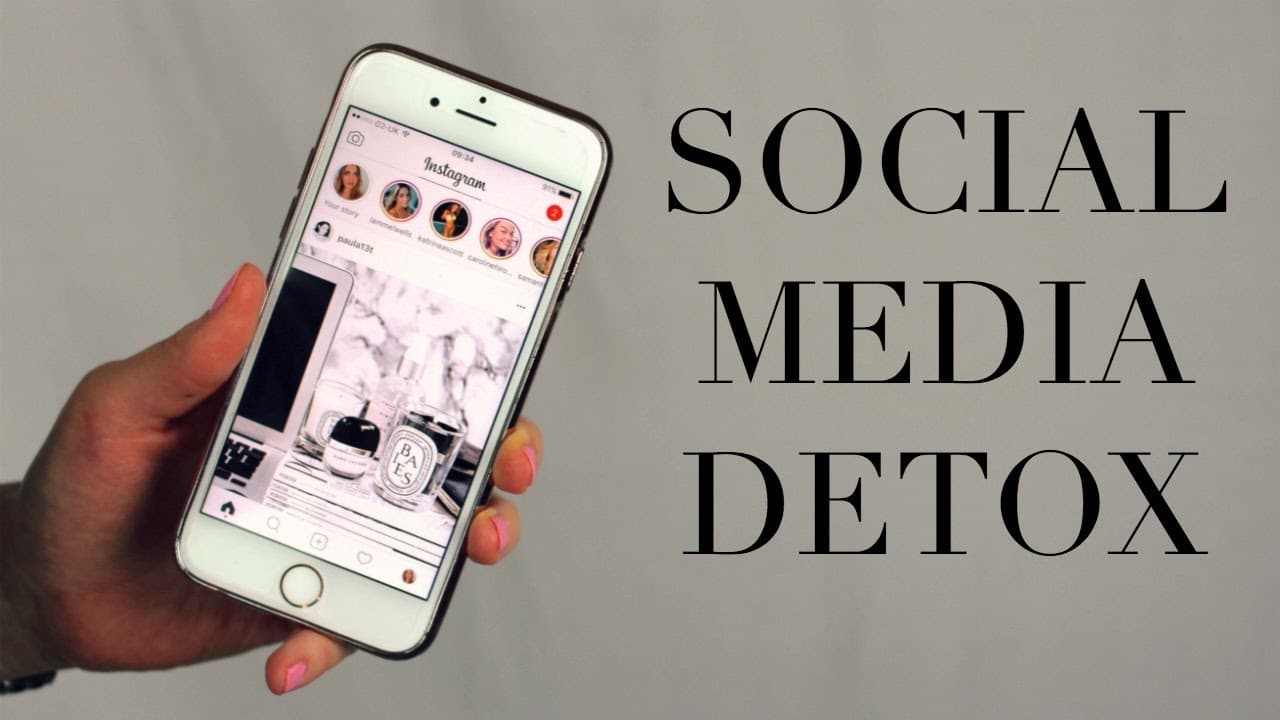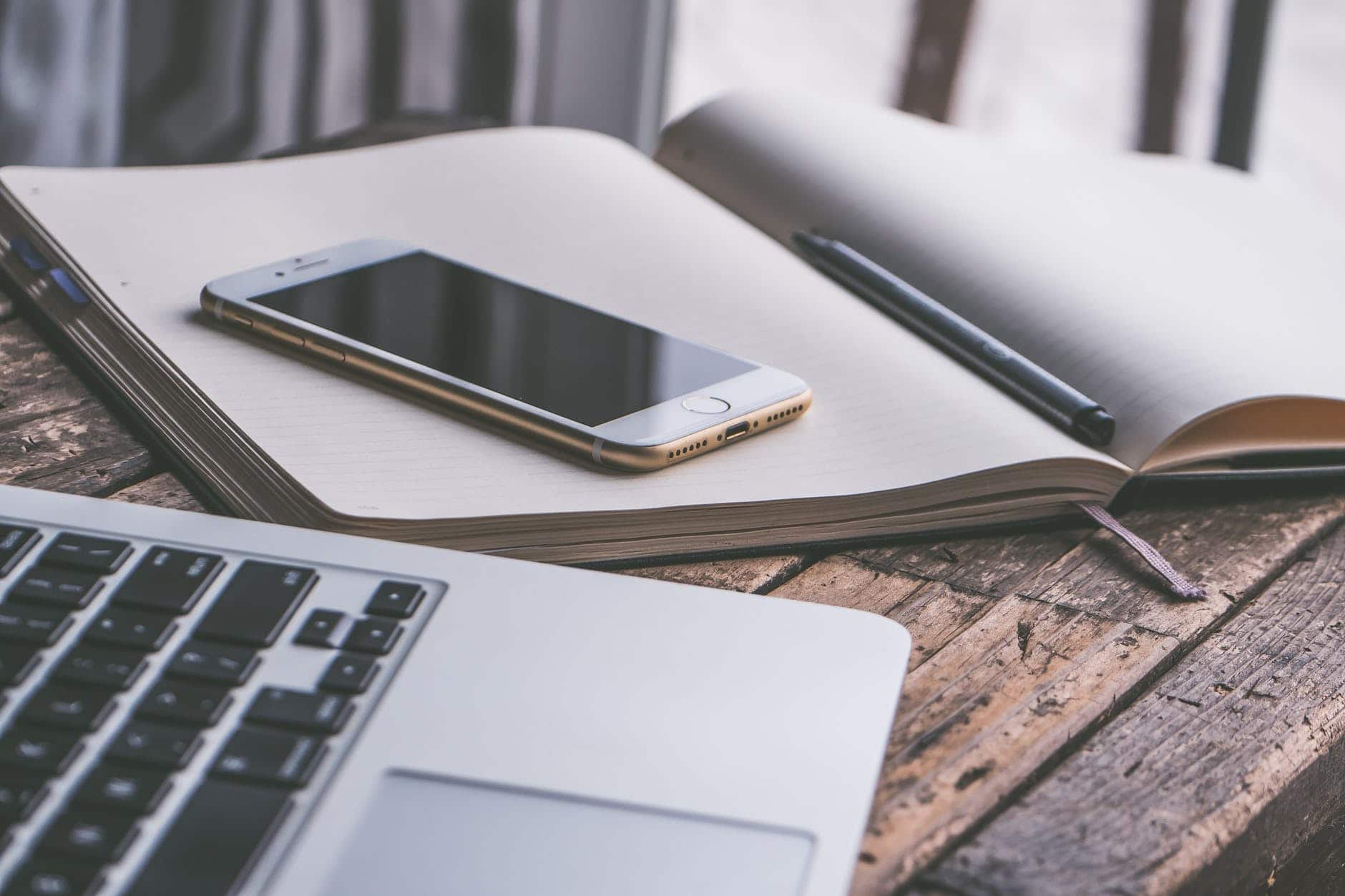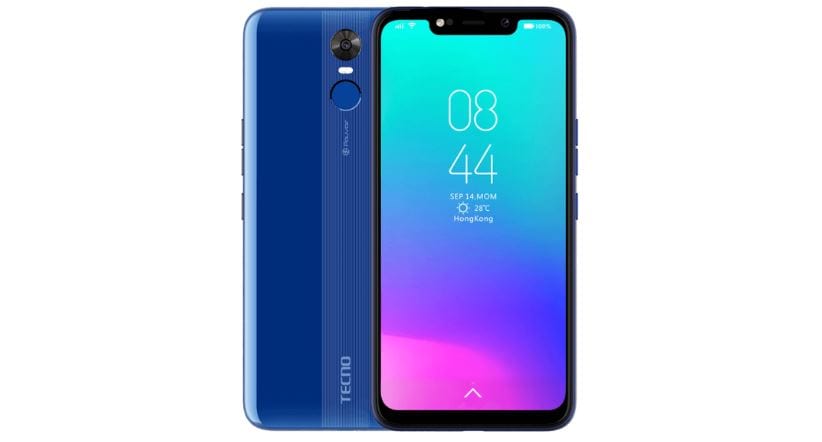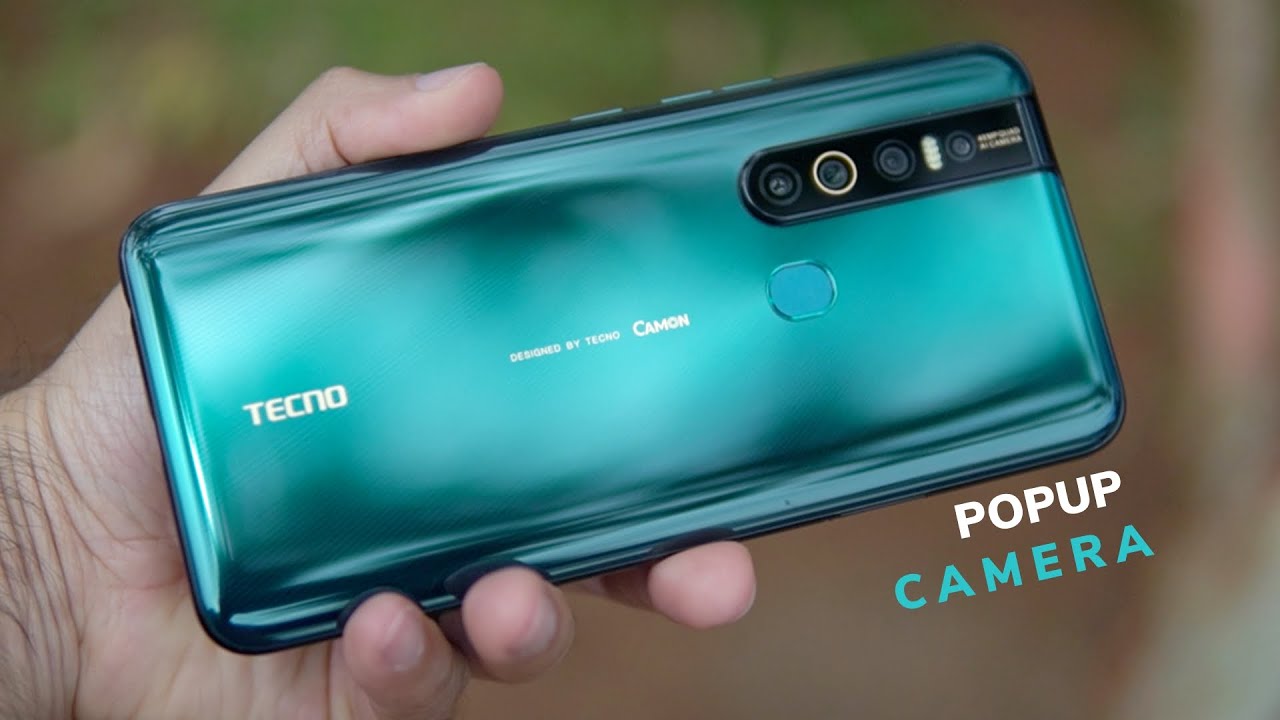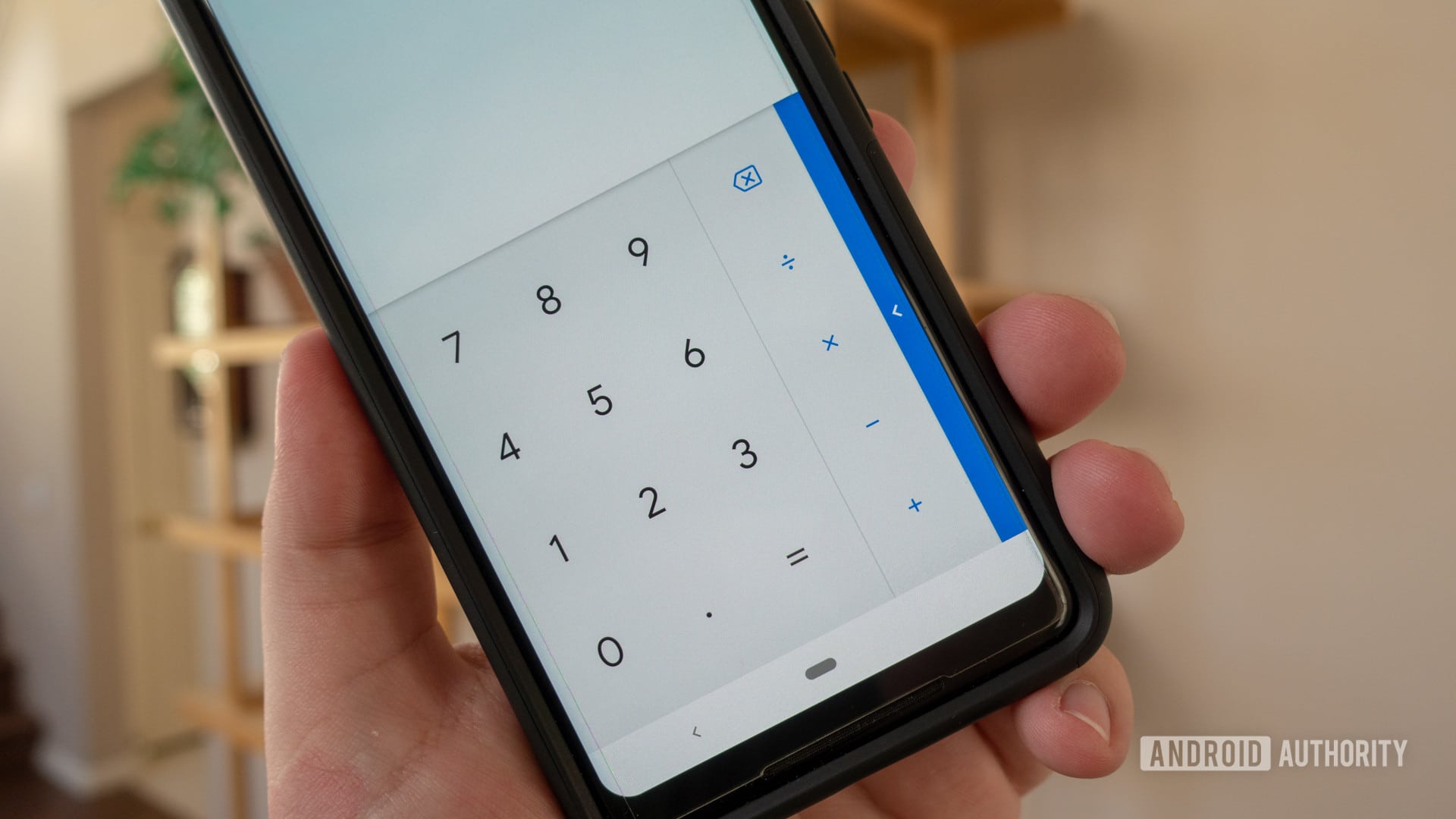Smartphones normally will worm up as long as they are in use, this is unavoidable and most times safe, but when your android and iOS device overheat, this could be considered a serious issue, damaging devices and affecting performance.
You might wonder, where is the heat coming from? From basic physics, movement generates heat, when phone temperature rises, they could either rise from its battery, processor, or screen.
Chemicals inside the smart phone’s battery create electricity; the processor transfers information at high speed and the phone’s screen emits light.
An iOS device may overheat if:
- It is left in direct contact with sunlight for long
- It is left in a car when it is too hot inside
- A hardware- intensive feature is used for long; such as graphics- intensive game GPS
- A combination of any of the above.
An iOS device shouldn’t be left to operate in temperatures which are lower than -170c (00F) or higher than 330c (920F). And doing so may cause its performance to decrease or dangers to those handling the device.
Why Do Androids Overheat?
Generally speaking, central system-on-a-chip (SOC) are well optimized and therefore they rarely overheat.
They are specially made to handle high temperatures, and so when an android device reaches a potentially damaging temperature, the speed of the processor reduces, making slow operating speed one of the sure signs of overheating, most times a warning will be displayed preventing usage of the android device until it has cooled.
An android device experiencing frequent overheating could arise from a number of reasons most often related to overloading the hardware. These reasons may include:
- Pushing the device GPU for too long
- Gaming for long periods of time
Ever find yourself hours deep into a candy crush or dream league? The breath of mobile app games available is, however, one of the top reasons for buying a smartphone. But so, gaming apps with high intensity uses the device central processing cores in addition to the GPU (graphics processing unit). Other reasons include;
- Live Streaming: Streaming online, watching youtube or Netflix for hours with an android is a sure-fire way to overwork the phone’s processor as it keeps the display screen active for long as well as having to load the video data.
- Device Settings: Is your Android device setting optimal? Your device settings also play a vital role in overheating from full-screen brightness to animated wallpaper to widgets have a full impact on how unnecessary settings lighten the workload on the device’s CPU.
- Environmental Factors: Such as exposure to sun and heat, water damage also causes overheating
- Apps and Software Updates: The presence of a bug or other problem in an app may cause the device to overheat by over usage of your device’s processor. As such apps being updated usually helps in fixing bugs. It is very rare that a phone may overheat either after an update or because of a bug in the OS requiring fixing via the update.
- Malware (fake android apps): An android overheating may be caused by infection with malware. Trojan malware called loop; infects android phones by disguising itself as a fake antivirus app in the google play store. With the rising of bitcoin in recent months, malware is used by hackers to mine monero cryptocurrency secretly. Malware consumes a large portion of your phone’s ram and CPU power which causes the device to overheat, causing the phone battery to bulge just two days after the infection.
What Happens When an Android Device Overheats?
As earlier discussed, we have seen a few reasons why an iOS device may overheat. Some of which may be unavoidable, so what happens next?
When an iOS device overheats, it enters into safety mode where the device’s hardware regulates and as such it does not work too hard.
iOS may show the following signs in this- safety mode.
- The battery may not charge to stop further production of excess heat
- The device off completely making it difficult to use the device
- The iOS device screen will show a notification while using navigation and then shut off, but audio navigation may continue.
- Wireless radios of the device may enter a state of low power thereby causing wireless performance to suffer.
- The rear-facing LED flash may become unstable until the device cools down.
These signs vary depending on the intensity of the overheating of the device. In iPhones, the lock screen could still allow sliding to make an emergency call. But you will get a notification that the iPhone needs to cool down before it can be used to its full potential.
It is normal for an iOS device to get a little bit heated during heavy usage or charging but for it to exceed its limit and begin to malfunction is not particularly suitable for the device.
Quick Tips on How to Cool Down an Overheating Andriod/IOS Device
- Less power usage: Low power mode on iPhone and battery saver mode on android helps reduce the amount of power a device uses and also helps in presenting the phone’s battery
- Reducing the phone’s brightness: Dimming the brightness of the screen (to the lowest level is more advisable) will reduce the workload on the phones battery ( and even your eyes too)
- Rebooting the device: Rebooting the device from time to time can help in preventing overheating due to minor software problems.
- Disabling battery draining features: Turning off battery-draining features such as wi-fi, GPS and Bluetooth gives your device a break allowing it to cool down
- Junk cleaning software: Installing junk cleaning software (Apps) is another way f help minimize strain on the device battery and processor power. Cleaner apps such as AUG cleaner, clean master, DU speed booster for android, and I myfoneumate iPhone cleaner, iFree up iPhone cleaner, clean my phone for IOS cleans out junk files, identify apps that are slowing down your device performance and remove useless pre-installed apps to improve the device performance and increase its battery life.
Other tips:
For a quick fix, try removing your phones cover or case. When it comes to smartphones, a case or cover can trap or cover the heat emitted from the device. Removing is can help lower your device temperature and cool it off completely.
How to prevent overheating in android/ IOS devices?
Cultivating some basic phone-care habits would really make a difference in preserving your device?s lifespan or even replacing it completely.
Some of these basic phone-care habits include:
- Battery tips: Do not let the device battery charge run down to zero percent. It is advisable to charge, from say, thirty percent (30%) to about 80% to avoid overheating. If you must charge your device for a long period of time, say, overnight, try as much as possible not to leave it on a bed or sofa which traps heat, a cool hard surface is best.
- Appropriate charging: Weather iPhone, iPad or android device, the most reliable charger is the one from the device manufacturer. Third party chargers are also fine as long as they are from a reputable source. A reputable charger is key, but where you place your phone while charging is also very important. As earlier emphasised, placing your phone on a hard surface that won’t conduct heat is much preferable to couch or bed which will retain the heat produced by charging. Quick myth bust: charging your phone overnight is bad for your phone’s battery. Smartphones all come with protection chips to ensure a battery stops charging at 100%. Once the battery drops to 99%, it will charge again and won’t harm the battery as long as you maintain proper charging placement.
- Power saving: To prevent overheating of the system-on-a-chip (SOC) ensure not to play power- consuming games or watch videos for too long, do not multitask on apps that consume a lot of processing power, avoid using Bluetooth for prolonged periods, and only use wi-fi if it is stable. In summary, avoid as many demanding or high power applications as possible. Also available are several apps on the play store or IOS app store that can help manage your device processes with an eye to conserve power and resources. The android PIT community recommends Greenify-for android, a free app that helps to solve overheating issues on an Android device as well as extend battery life.
- Apps update: If you notice your device gets heated up for no obvious reason, try checking some of the apps recently installed in your device. It is possible one or two of them may have a bug that is causing your device to overheat. To fix this problem, update your apps regularly, better still try uninstalling some suspected apps to determine if it’s behind your device overheating.
- Storing your device properly: You may have just taken a road trip, and it is a hot day outside, consider putting your iOS device in a cool place rather than direct sunlight. Cover your phone with a blanket or anything similar to prevent it from overheating. A car’s trunk or underneath a seat is better than putting it on a dash, or top of a seat. Or near a heat source or glove box where heat from transmission or engine could impact its working condition.
In conclusion, you shouldn’t let your device overheat at all, but sometimes it can just happen with little or no warning through regular use of the device. If temperatures are rising for no concrete reason, try to get a replacement, as the device is likely defective.
If you enjoyed reading this article, please do well to drop a comment and also share. If there is anything you think we may have missed, let us know and we will update it ASAP! Thanks.




